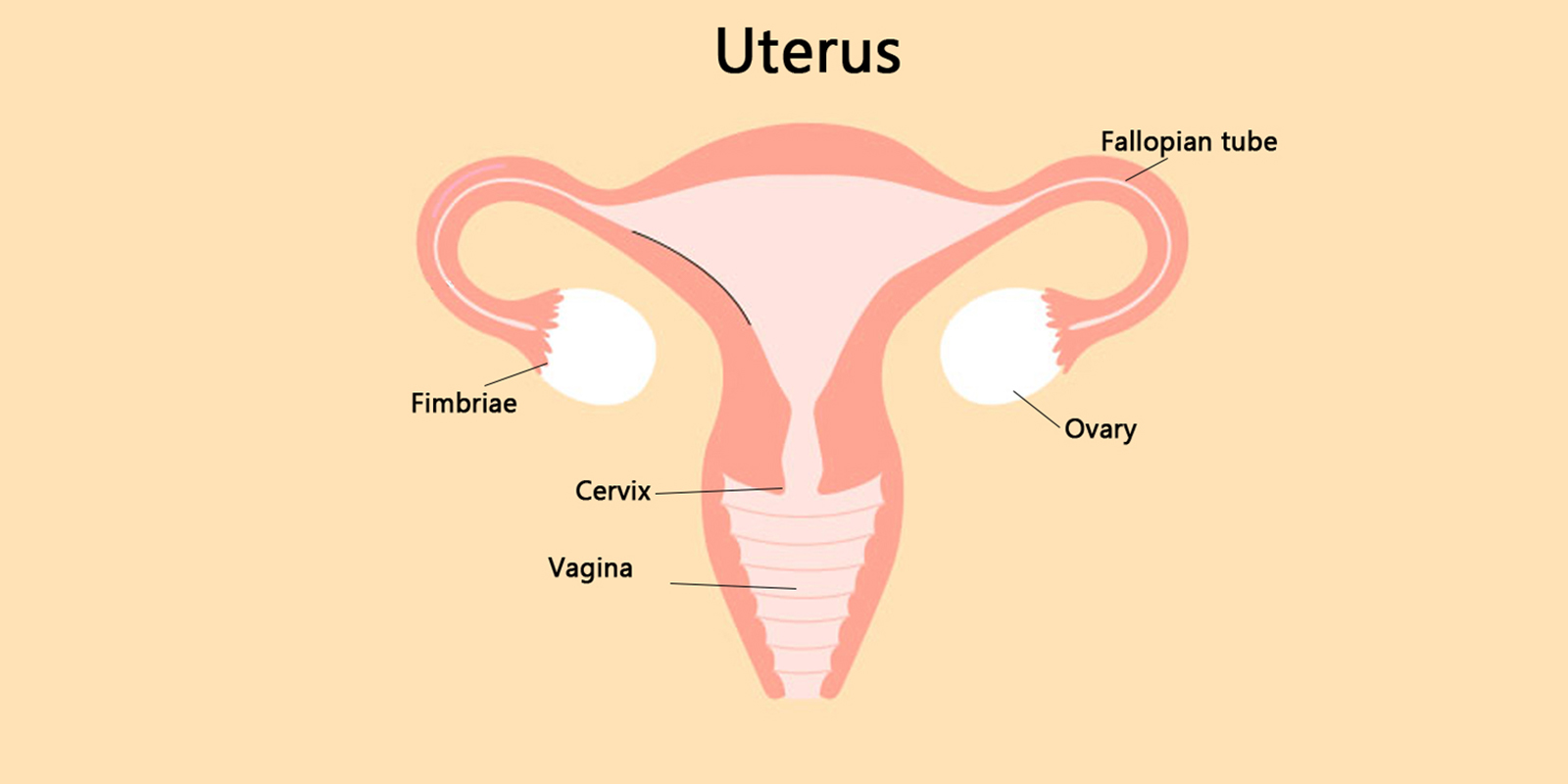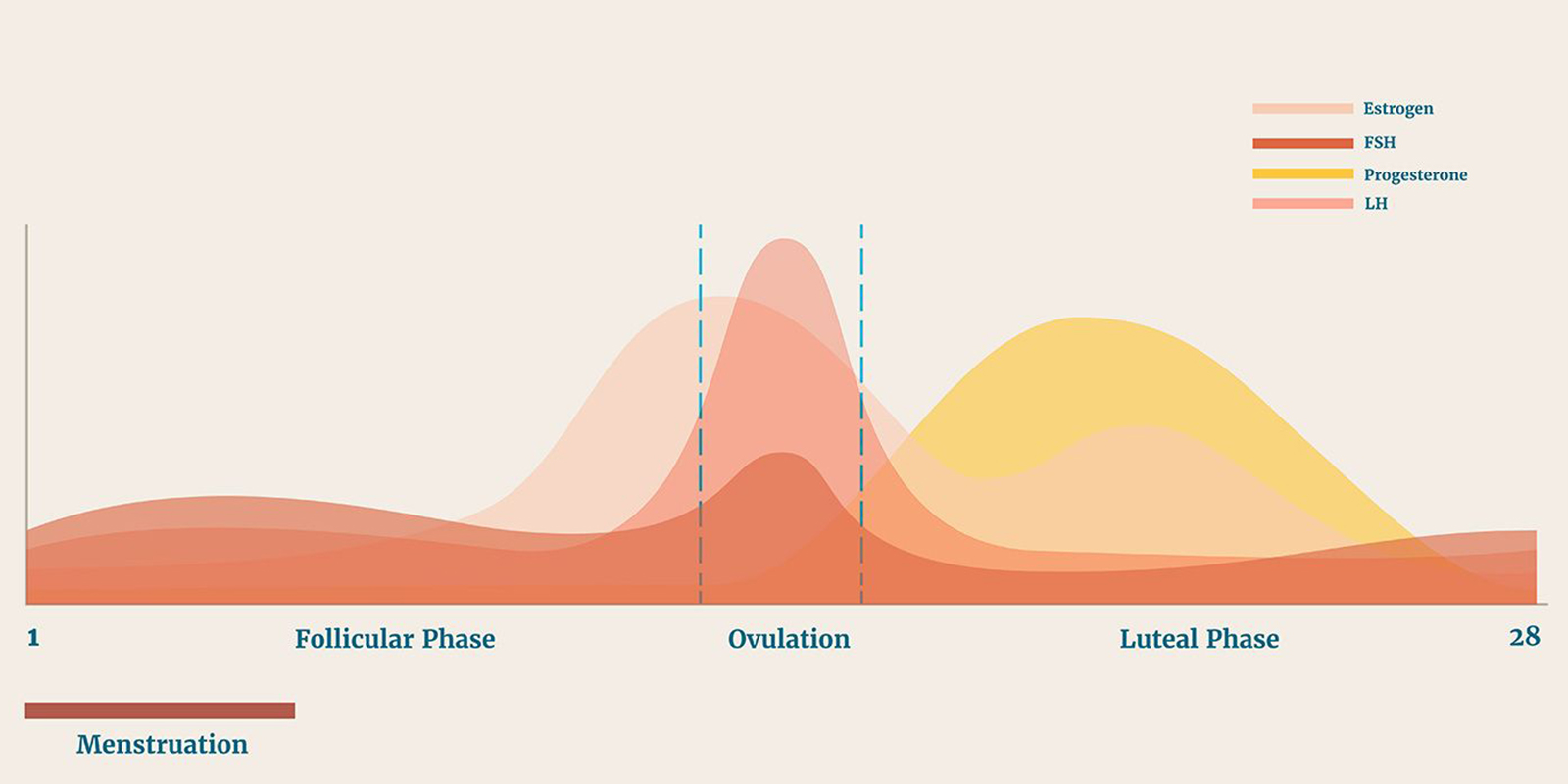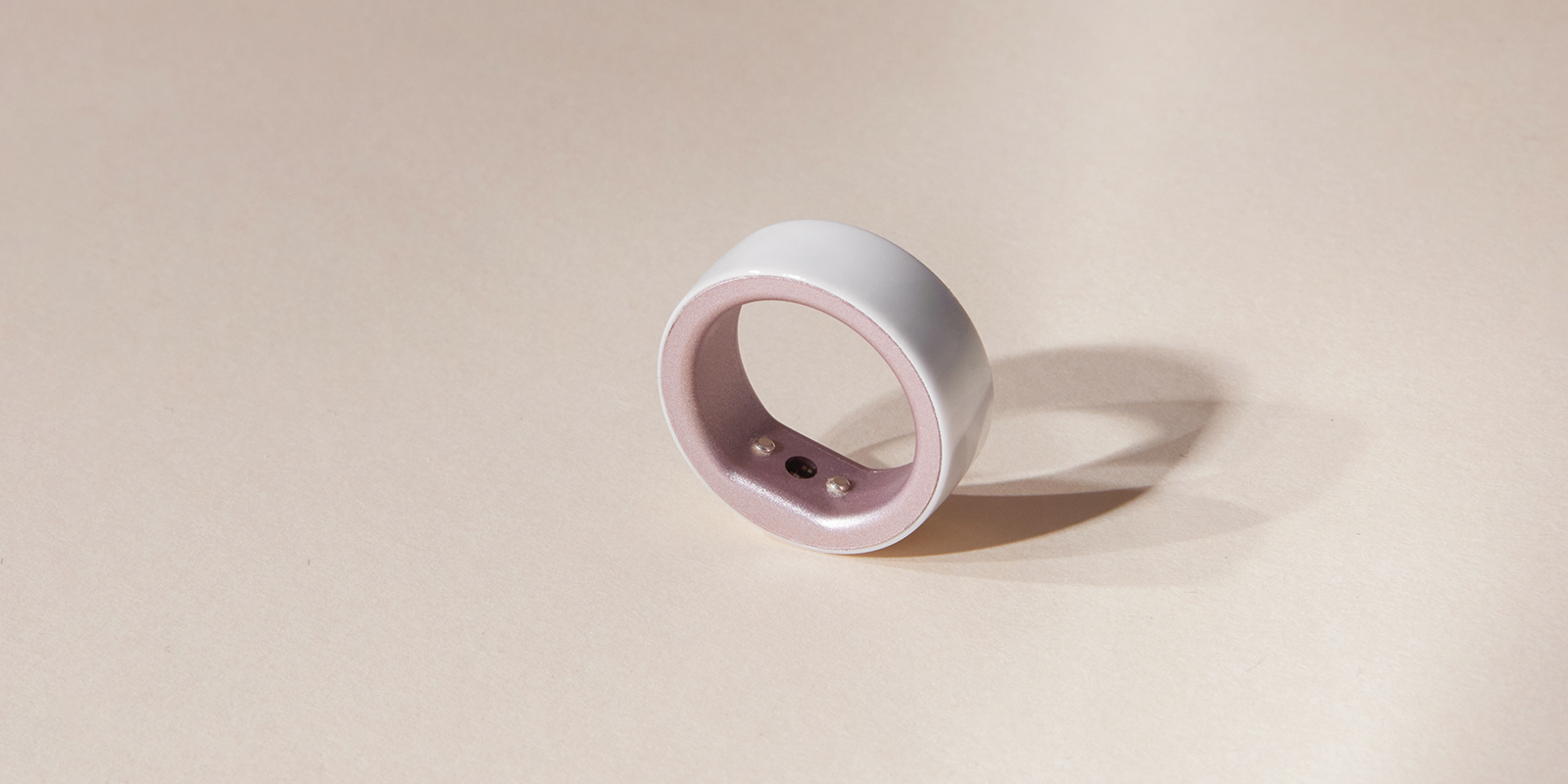Do you remember when is your most recent period and how long it lasted? Monitoring menstrual cycle length is essential for maintaining women’s health, and is the best way to track your ovulation time and spot your body’s changes such as irregular periods, and abnormal body pains. The menstrual cycle is a natural process that usually lasts 28 days, the average period is between 24-28 days. However, it is important to pay attention to any deviations. If you are experiencing a menstrual cycle length that is less than 21 days or longer than 37 days, it can signify underlying health concerns, and seeking medical help is recommended to ensure your well-being.

What is a Normal Menstrual Cycle Length?
A study from NLM (National Library of Medicine) shows that a normal menstrual cycle ranges from 21-37 days, and the average blood loss is around 30-40ml.
1. What is the Menstrual Cycle?
The menstrual cycle is a natural process of the female reproductive system that repeats monthly from the onset of menstruation, that is: the first menstrual bleed during puberty, to menopause, when the timing of menstruation can be used to determine the day of ovulation and thus fertilization and pregnancy. The average menstrual cycle length is 28 days, starting on the first day of menstruation and ending the day before the next period of bleeding begins. However, the menstrual cycle length varies from person to person, ranging from 21 days, which may be diagnosed as polymenorrhea, to 37 days, which may be diagnosed as oligomenorrhea.
2. Menstrual Cycle Phases
The menstrual cycle phases are characterized by fluctuations in the ovarian hormones estradiol and progesterone.
The follicular phase is meant to be the maturation of the follicle containing the oocyte. The follicular phase begins with the first menstrual period and lasts until the day of ovulation, when progesterone levels are consistently low, and the level of the ovarian hormone estradiol rises gradually during the mid-follicular phase and then spikes sharply just before ovulation.
The luteal phase is the conversion of the remnants of the dominant follicle into the corpus luteum from the day after ovulation to the day before menstruation. The corpus luteum produces progesterone and the ovarian hormone estradiol; therefore, they begin the luteal phase with a gradual rise in levels and then peak at mid-luteal phase, when, if the oocyte is not fertilized, the corpus luteum atrophies, resulting in the rapid disappearance of progesterone and the ovarian hormone estradiol over the course of the menstrual cycle and triggering menstruation. The cycle then begins again with the onset of menstruation.
 Image source :https://www.everydayhealth.com/
Image source :https://www.everydayhealth.com/
How Menstrual Cycle Affects Your Behavior & Emotions?
Do you feel this way on a daily basis: suddenly you feel that something as seemingly simple as going to the grocery store is a huge obstacle and that any of life's chores make you feel miserable and irritable all day long? It indicates that your period is approaching. Such emotional manifestations are called Premenstrual Syndrome (PMS), which is a series of uncomfortable symptoms, including anxiety and bloating, that usually appear 1-2 weeks before your period and can affect your behavior throughout your menstrual cycle. Because menopause and the menstrual cycle are times of dramatic hormonal fluctuations, the body's production of progesterone and estrogen fluctuates dramatically, which in turn affects moods and mood swings, such as excitement, anxiety, depression, and irritability.
Specific Emotions during the menstruation are:
1. Follicular phase:(Day1-14): Feeling good
The follicular phase begins on the first day of menstruation and lasts until ovulation. Hormone levels begin to rise, and the follicles in the ovaries begin to mature.
A study in PNAS stated that women in the follicular phase of their cycle might display greater brain activity at the thought of possibly winning money than women who were in other stages of the menstrual cycle. The estradiol rising in the body can help to tamp down the effects of the stress hormones adrenaline and cortisol, and that could also play a part in preserving happy moods.
During this phase, the pituitary gland releases follicle-stimulating hormone (FSH), which stimulates the ovaries to produce follicles. One of these follicles will eventually mature and release an egg. The maturing follicles also produce estrogen, which helps thicken the uterine lining. As the follicular phase progresses, estrogen levels gradually rise, leading to the development of the dominant follicle.
2. Ovulation phase(Day14): Libido Increasing
The luteinizing hormone will increase during ovulation, which is a hormone that encourages the egg to be released from the ovary and enter the Fallopian tube for fertilization. Estradiol, which is present in large amounts around ovulation, encourages insulin to be more effective, and insulin causes the body to release more testosterone, the hormone that regulates libido.
An article published on MDPI said that "one could argue that since pair-bonding behaviors are more intense during ovulation, it is possible that positive affect increases as a consequence of these behaviors", which indicates that women are more likely to exhibit sexual behavior during ovulation and may have a higher tolerance for pain.
Ovulation is the most fertile phase, and conception is most likely to occur if sexual intercourse takes place in the days leading up to and after ovulation. Some women may experience mild pelvic pain or changes in vaginal discharge during ovulation.
3. Luteal phase(Day15-28): Feeling unpleasant
After ovulation, the ruptured follicle transforms into the corpus luteum and begins to secrete progesterone to thicken the lining of the uterus. During the Luteal phase, you may feel moodier because of the increasing progesterone, it will help your body make cortisol, which causes you to feel stressed. This is one of the factors of Premenstrual Syndrome(PMS) mentioned above. If you're already feeling stressed out from work and daily life, and during the luteal phase, your cortisol may be in excess, in this case, you may be anxious, irritable, and even cranky.
Ways to shut down PMS
Premenstrual Syndrome (PMS) can be managed with a combination of lifestyle changes, dietary modifications, and possibly medical treatments.
Consistently Exercise: Physical exercise produces hormones such as dopamine in the body to make you feel happy, and reduce the impact of PMS.
Healthy Diet: Food can help to regulate emotions and energy levels, a balanced diet that riches in 7 main nutrients(Carbohydrates, proteins, fats, vitamins, minerals, dietary, fiber, and water) and limits caffeine, sugar, and salt also help to shut down PMS.
Try to Control Stress: Meditation is considered an effective way to reduce stress, other similar activities such as yoga, and deep breathing also enable you to deal with PMS.
Quality Sleep: Sleep is essential not just for managing menstrual
health and PMS, but also for overall health. Ensure that you have
sufficient sleeping time and use scents, eye masks, and other items
to enhance sleeping quality.Supplements: Certain supplements like myo inositol, calcium, magnesium, vitamin B6, and omega-3 fatty acids may help reduce PMS symptoms. Consult with a healthcare provider before starting any new supplement regimen.
Track your menstrual cycle length and daily mood: Ovulation tracking is for menstrual cycle health concerns monitoring, and daily mood tracking is for mental health concerns. Using an ovulation tracker such as Femometer smart ring for period tracking to monitor your symptoms can help identify patterns and triggers, making it easier to manage them in the future.

Related: https://www.femometer.com/Products/Femometer-Smart-Ring-for-Ovulation-Tracking
4. Menstrual phase(Day1-5): Period Bleeding Begin
The uterine lining begins shedding when the menstrual phase comes and is accompanied by bleeding, cramps, fatigue, and other symptoms. The hormone levels, particularly estrogen and progesterone, are at their lowest during this phase.
The menstrual phase marks the beginning of the menstrual cycle length, which usually lasts 3-5 days, the symptoms vary from woman to woman, and personal hygiene and the use of appropriate sanitary products are important during this time.
Conclusion
Understanding the menstrual cycle length and the 4 phases is crucial for women's reproductive health. Regular monitoring of your menstrual cycle and being aware of any changes can help detect potential issues early.
The menstrual cycle and the symptoms of each phase are knowledge that almost every girl will know, but tracking and recording periods, keeping an eye on your emotional state, and predicting the day of ovulation is something that is hard to remember and do every day of your daily life, and that's where Femometer comes in. We help every woman realize the importance of loving yourself. So trust your instincts and seek medical advice if you have concerns about your menstrual health.
Click here to meet the world’s first smart ring made for women’s fertility and sleep tracking.
This article is the original creation of Femometer. All rights reserved by Femometer Inc. To reproduce, distribute, or reference the content, please reach out to us in advance to prevent any potential legal issues. Copyright © Femometer Inc.









